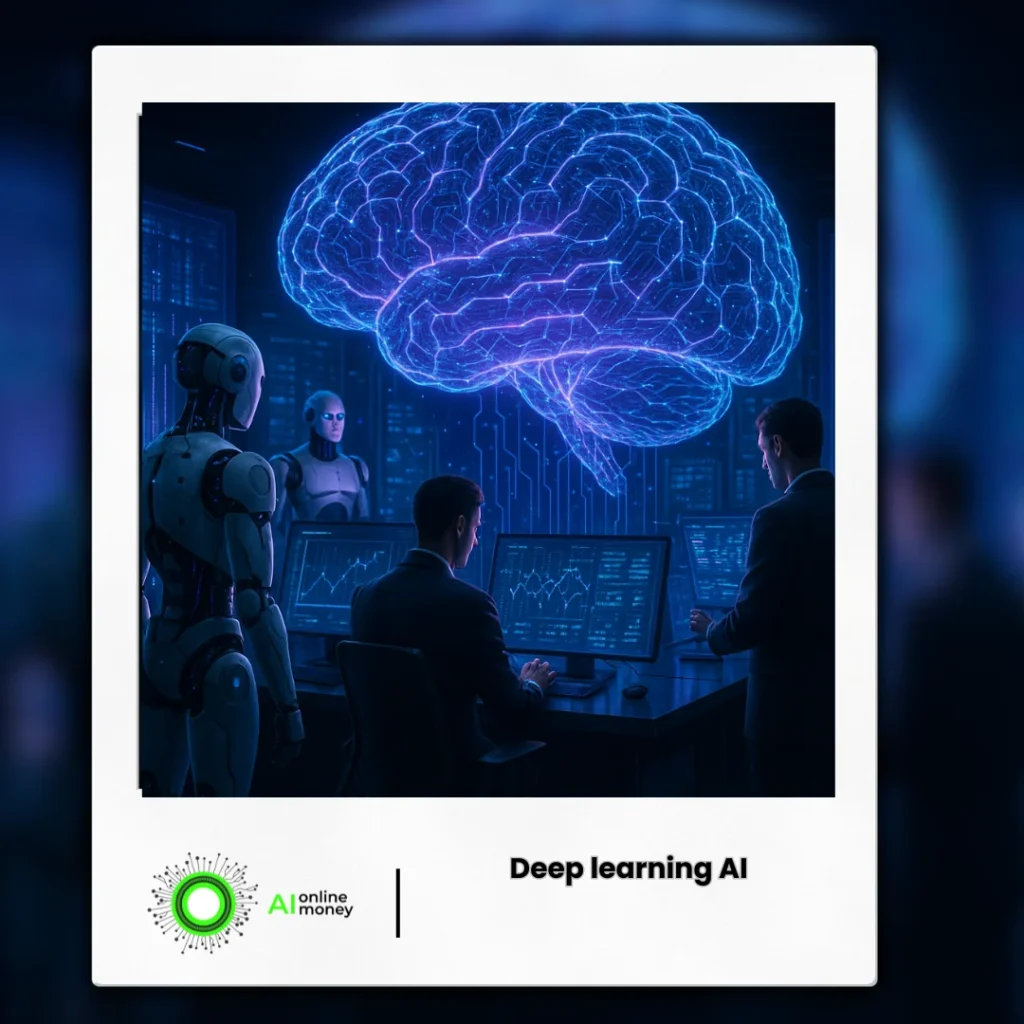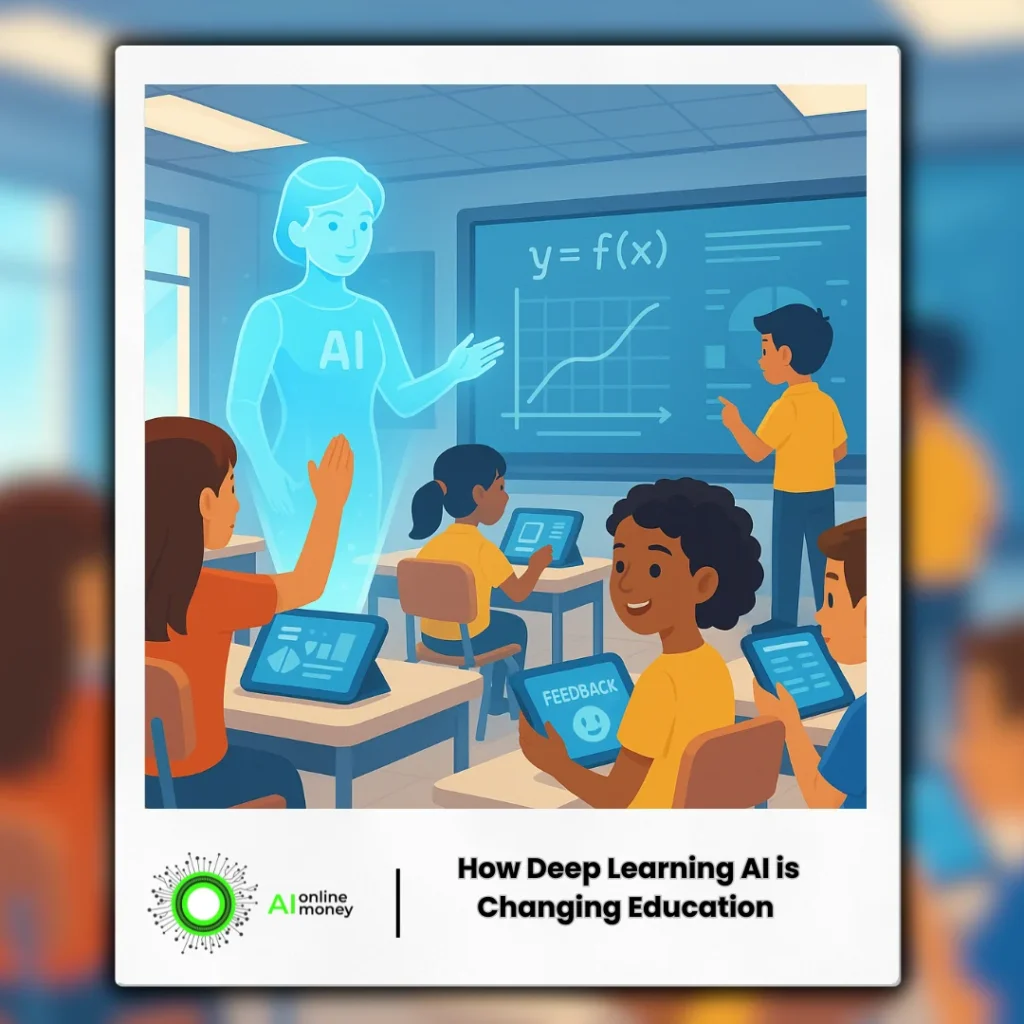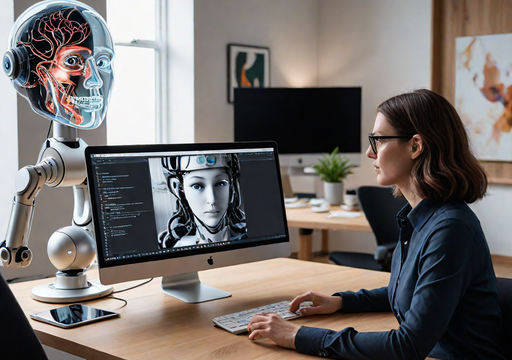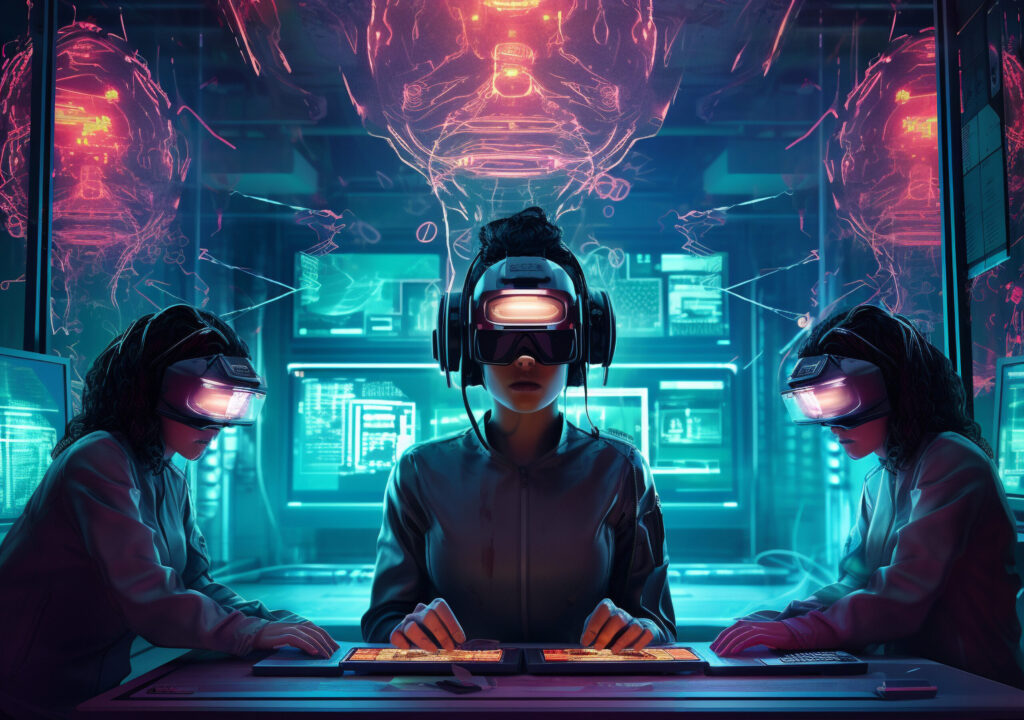Table of Contents
In the last decade, we have seen an incredible surge in the development of technology, and the heart of this evolution is deep learning AI. While it may sound sent around in tech circles, it’s far more significant than that. This powerful subset of artificial intelligence is changing industries and quietly transforming our everyday lives.
Let’s face it, artificial intelligence is no longer a technological fantasy. It’s already here, impacting how we work, learn, communicate, and even think. But among all its applications, AI in education stands out as one of the most impactful and promising areas. Students, Teachers, and Institutions are experiencing firsthand how AI can personalize learning, make classrooms more inclusive, and even predict learning gaps before they become problems.
What Is Deep Learning AI?
Before diving into applications, let’s briefly understand what deep learning AI really is. Think of it as a smart system modeled after the human brain—only faster and more data-hungry. It uses artificial neural networks to analyze data, recognize patterns, and make decisions. From recognizing speech and images to predicting financial trends, its capabilities are vast
One of the key reasons deep learning is so powerful is its ability to learn without being explicitly programmed. Traditional systems needed humans to define every rule, but deep learning thrives on data. The more data it gets, the smarter it becomes.
How AI, Machine learning, and Deep Learning intersect
You may hear the terms AI and machine learning used alongside deep learning, and while they are related, there’s a subtle difference. Machine learning is the broader category, while deep learning is a more advanced type. Think of machine learning as learning to ride a bicycle, and deep learning as riding that bike while navigating a complex obstacle course.
Many of the AI tools we use today—whether it’s Netflix recommending your next binge-worthy show or your phone understanding voice commands—are powered by this fusion of AI, machine learning, and deep learning algorithms. Together, they make smart systems smarter, faster, and more reliable.
Transforming the classroom: AI in Education
One of the most exciting and beneficial applications of AI is in the classroom. AI in education is not just a fancy add-on; it’s becoming a core part of how learning happens.
For students, AI means customized learning paths. Platforms can now analyze how a student performs and adjust lessons in real time. If a student struggles with algebra but excels in geometry, the system can allocate more time to areas that need improvement. This kind of adaptive learning is only possible through deep learning AI
Teachers are also benefiting. With tools that automate grading and provide instant feedback, educators can spend more time teaching and less time buried under paperwork. Predictive analytics helps teachers identify students a risk of falling behind
Allowing them to step in early.
Universities are integrating AI in education to support research, enhance online courses, and even use chatbots to help students navigate campus services. These tools make learning more accessible and reduce the strain on administrative staff.

The Human Side of AI
Despite all the technology involved, the beauty of deep learning AI lies in how it amplifies human potential. It is not here to replace teachers or students but to empower them. It gives educators the ability to reach more students with fewer resources and provides learners with experiences tailored to their unique styles.
That’s why many experts believe AI in education has the potential to close longstanding achievement gaps. With the right tools, even students in underserved communities can access world-class educational resources and instruction. But we must also tread carefully. As with any powerful tool, the ethics of AI cannot be ignored.
Issues like data privacy and over-reliance on technology are real concerns. While deep learning AI offers tremendous benefits, educators, developers, and policymakers must work together to ensure it’s used responsibly.
Real World Examples and AI Companies Leading the Way.
There are already several AI Companies making waves in the Educational sector. Companies like Squirrel Tech, Century Tech are leading the charge with platforms powered by deep learning AI. These platforms offer real-time feedback, personalized tutoring, and even emotional recognition to gauge student engagement. On a broader scale, big players like Google and Microsoft are investing heavily in AI machine learning tools tailored for education. Whether it is through virtual reality, intelligent tutoring systems, or predictive analytics, their goal is clear: to make learning smarter, more engaging, and more efficient.
The growth of these AI Companies proves that this is not just a passing trend. It is a movement that reshaping the educational landscape, and it has only just begun
How Students and Teachers Can Embrace AI
Adapting to AI might sound daunting, especially for those who are less tech-savvy. But the good news is that many deep learning AI tools are designed to be intuitive and user-friendly. Teachers don’t need to be coders or engineers. They just need to be open to trying new tools that can enhance their teaching.
Students, especially those who have grown up in technology, are often quick to embrace AI. From using the apps that help with homework to engaging with virtual tutors, they are already experiencing how AI in education can make learning more interactive and enjoyable. Still there learning curve. Schools must offer proper training and support, ensuring both educators and students can make the most of these technologies. The integration of deep learning AI into education should be a collaborative process, not a top-down imposition
Looking Ahead: The Future of AI in Education
The road ahead is both exciting and uncertain. We can expect even more complex deep learning in AI systems in the future to understand emotion, context, and even creativity.
Imagine a classroom where your AI assistant not only helps with the main problems but also motivates you when you are feeling discouraged. It is not as far as you think.
As AI in education becomes more relevant, it is up to us to guide it in the right direction. We must ask: how can we use these tools to make learning more human, not less? How do we ensure AI remains a tool for empowerment rather than control? The answers will come through open dialogue, thoughtful innovation, and a commitment to equity and ethics. But one thing is clear: deep learning AI is not just shaping our future. It is already part of our present.
Conclusion
Artificial intelligence is a complex, evolving field, but its implications are real, especially in education. Through the power of deep learning AI, Classrooms are becoming more personalized, inclusive, and efficient. By combining the strengths of AI machine learning and human insight, we are creating a world where every student has the opportunity to succeed. The role of AI in education will only grow stronger in the years to come. Whether you are a student, a teacher, or just someone curious about the future of learning, now is the time to embrace this transformation. With careful planning, ethical design, and a human–first mindset, we can harness the power of AI to build not just smarter schools, but a smarter, more compassionate world.



